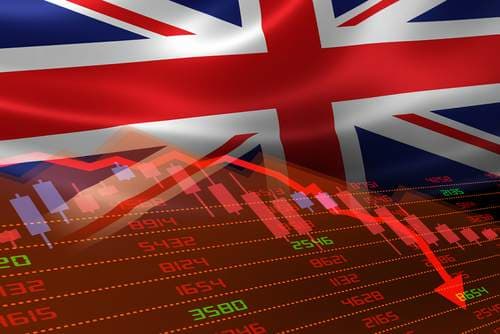
Trump’s America Goes Pro-Business While Britain Hamstrings Itself
I’m sending out today’s missive a day later than usual because I wanted to see the market reaction to the US election results and leave a little time to digest it all.
Broadly speaking, I am happy with the result, and I believe the world will be a better place for it than the alternative. We’ll see less technocracy, less deep state , and less overseas intervention; more pro-energy, pro-Bitcoin, and pro-business policy; and a stance that’s anti-seed oil (go RFK!), anti-subsidised, environmentally harmful green quackery, and anti two-tiered, inequitable woke ideology.
Any administration that puts perhaps the most competent person alive, Elon Musk, in a prominent role, has got to be net positive.
But be careful what you wish for and of that. Donald Trump is not, as his most ardent supporters seem to think, going to save the world, nor any such. You need to fix money and tax to do that, and while he might tweak the latter, there will not be wholesale reform. And he is going to print lots of the former. Trump will run deficits, US debt will grow as a result and the nefarious consequences of fiat will take other forms.
If there are financial problems looming for the US, I suspect their roots lie in the bond markets, where yields are rising.
In short, the better alternative won. There will be more opportunity in the US than there otherwise might have been, but Trump is no Javier Milei. America isn’t yet ready for that.
The initial market reaction give us some insight into where things are headed in the next few months.
How did markets react?
First up, and something I’m particularly pleased about: bitcoin has broken to new highs, hitting $75,000 yesterday. I’m particularly pleased because new highs in bitcoin usually bring a lot of noise. This time, the noise got drowned in the election frenzy, which means there’s plenty more hype in the tank.
Our chosen vehicle for bitcoin exposure, MicroStrategy (NASDAQ: MSTR), is now north of $250. This has been an incredible win for readers, as we first covered it last year at an adjusted $35. It’s risen 8x, compared to bitcoin’s 150%—that’s some outperformance.
I wrote back in September that Q4 is usually bitcoin’s best season, and that is bearing out.
Stock markets also rose, as you would expect with someone as pro-business as Trump. The Dow rose 3.5%, the S&P 500 climbed 2.5%, and the Nasdaq about 2.6%.
During Trump’s last presidency, stock markets more than doubled, though with two major wobbles along the way, one due to Covid. Something similar this time around is not an unreasonable expectation—unless you subscribe to this view. If so, that would take the S&P 500 to around 12,000. Quite the number.
What I found especially encouraging was the outperformance of small caps. The Russell 2000 was up 6%. Small caps have underperformed for years and are due for a run. Trumponomics clearly suits them.
An interesting tidbit: Trilogy Metals (TSX: TMQ), a mining company I follow with two promising copper assets in Alaska, the development of which was blocked by the Biden administration on environmental grounds, saw its price rise 108% yesterday . Investors seem confident it will now get the green light.
I expect similar stories across the mining, oil, and gas sectors. This is a time to be investing in the USA.
On the other hand, commodities, especially metals, sold off. Copper fell 3%, with zinc and iron ore dropping by similar amounts. Crude couldn’t make up its mind: it came down a bit, then rallied, then ended the day flat. Natural gas was similarly indecisive
Gold, silver and platinum all sold off, as the US dollar itself rallied quite sharply, rising 1%. Gold was off almost 3%, silver by almost 5%. Not good, though mostly a reaction to the dollar. Looks like those particular bull markets are, for the time being, punctured. That’s not me telling you to sell your gold by the way. Don’t. You are going to need it. Particularly if you are British.



